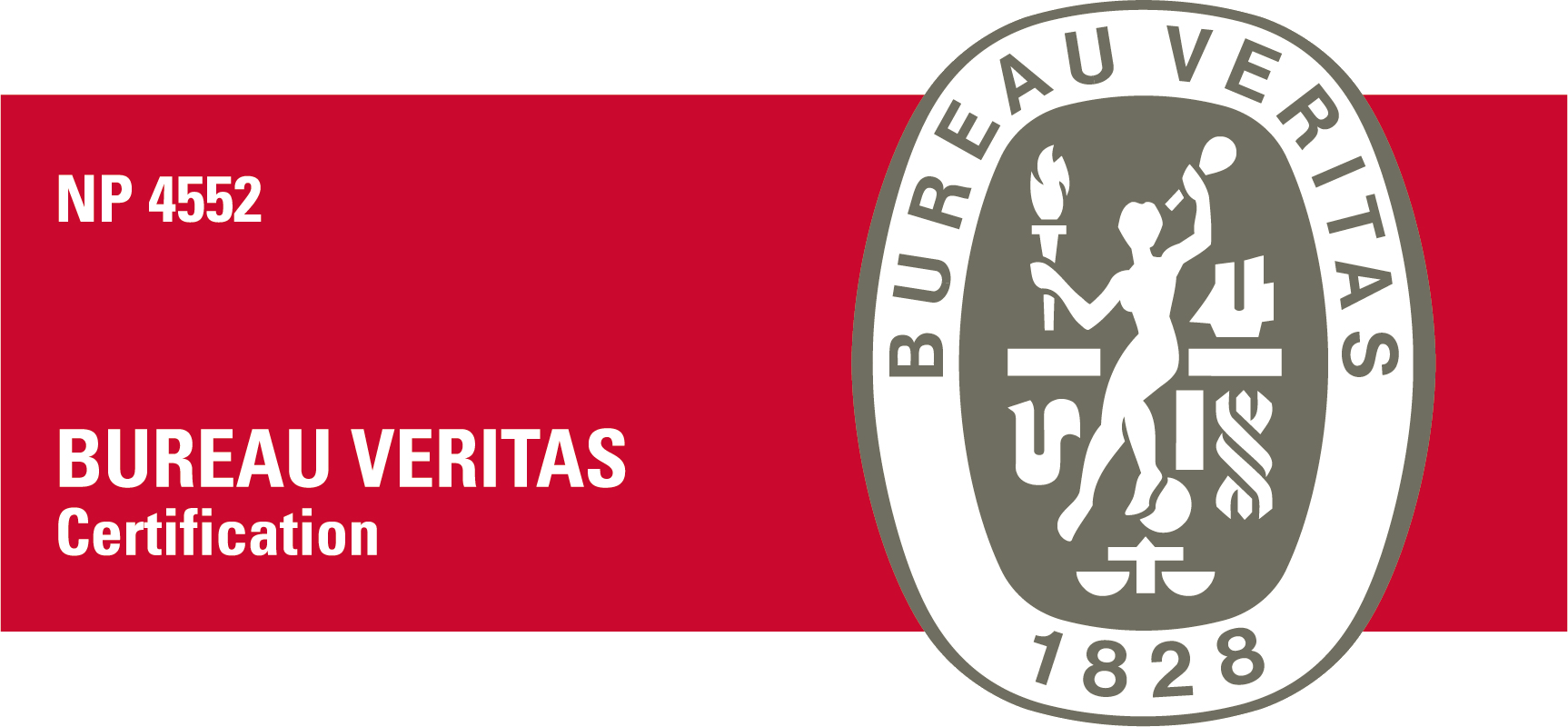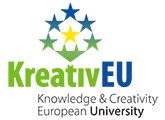Centro de Tecnologia, Restauro e Valorização das Artes
NATBIO
Título: Biocidas naturais para a conservação sustentável do património
Acrónimo: NATBIO
Referência: CFPI2021/01
Área: Desenvolvimento sustentável
Financiamento: 18 050,00 €
Âmbito: Nacional
SITE DO PROJETO: http://www.techneart.ipt.pt/natbio/
Resumo:
In Portugal, cultural asset safeguard associated with the purpose of cultural heritage use and enhancement is a tool to value the immense historical patrimony. In this protective action, various conservation and restoration interventions aim to minimize the degradation of the different materials where the artistic expressions are externalised. Biodeterioration observed in art and architectural works holding patrimonial value, is primarily attributed to the proliferation of various microorganisms that, alone or in association, through their energy-producing metabolisms, lead to the formation of acidic substances that can attack the physicochemical structures of support raw materials. This structural degradation is directly linked to the climatic and environmental conditions to which the artwork is subjected to. In conservation and restoration, different compounds of synthetic origin which exhibit some human and environmental toxicity are traditionally used, occasionally causing adverse effects on treated materials. Natural resources exploitation awareness, side effects of disinfectants and inhibitors led to the need for new materials with biocidal effect. Biocides with a wide spectrum of activity and low cost, favouring natural materials derived from plants, which are generally attributed to easy handling, environmental stability and lower toxicities are currently preferred. The main objective of this research work is the development of new natural materials extracted from indigenous or naturalized plants that can be used as biocides in the preservation of cultural and artistic heritage. To achieve this goal, the research team gathers knowledge from different areas, namely Chemistry and Materials (Faustino et al., 2010; Ferraz et al., 2014; Lopes et al., 2016; Ferraz et al, 2019), Biology, Biotechnology, Ecotoxicology, Sustainability (Coelho et al., 2006; Mateus et al., 2013; Baptista e Santos, 2016; Sousa et al., 2016; Gaglio et al., 2019; Mateus et al., 2020) and Conservation and Restoration (Gomes et al., 2017; Pereira et al., 2019; Rosa et al., 2019), in order to carry out a comprehensive study. The team also includes one specialist with international experience, specialized in urbanism architecture and restoration of historic heritage. This specialist will allow the evaluation of the methodologies used, as well as the analysis and comparison of the results with other case studies.To achieve the project objectives the methodology involves the following tasks: 1. Extraction and purification of extracts: obtaining essential oils through Clevenger type hydrodistillation and obtaining solvent extracts using Soxhlet extraction; 2. Chemical characterization of biocides: analysis of extracts through GC-MS assays; 3. Laboratory tests to evaluate biocide potential: laboratory-scale tests in vitro and in test vials to evaluate the biocide power and impact on the materials to be preserved; 4. Ecotoxicological tests: determination of the limits of acute toxicity of extract solutions that exhibited a better biocidal behaviour on different living beings (planktonic crustaceans, gastropods and plants); 5. In situ testing: application of biocidal solutions developed on stone and ceramic materials from the collection of two emblematic sites of the country's cultural heritage - the Convent of Christ in Tomar (classified UNESCO world heritage) and the Monographic Museum of Conimbriga (archaeological materials from the ruins of the Roman city of Conimbriga). The application will consider the diagnosis of pathologies, colonizing microorganisms, and environmental exposure conditions (humidity and sun exposure). The expected results consist of the identification of the most important plant(s) to produce natural biocides among some preselected ones, the selection of the extract(s) with greater activity and biocide spectrum, the characterization of ecotoxicological behaviour of the prepared biocidal solutions, the chemical characterization of the extract(s) with higher biocide potential and less degradation effects imposed on the preserved material and objects, with the definition of the optimal work concentrations. Among the innovation factors identified, the inclusion of trans disciplinary research may also contribute towards the socio-economic development through the production of selected plants on suitable soils. When considering that soil categories of forests and pastures (31% of the national soil) or unproductive (2% of the national soil) are mostly in low density regions, this may provide unique opportunities. Globally, the project is aligned with several UN objectives, namely: sustainable production and consumption, climate action, protection of marine and terrestrial life. The use of plants and the production of natural biocides contributes to the sustainable use of ecosystems, fighting desertification, mitigating pollution, and preventing consequent climate change.
Investigador Principal:
Dina Maria Ribeiro Mateus. Ciência-ID: 211B-A055-4013
Equipa de Investigadores:
Ricardo Pereira Triães. Ciência-ID: 7319-012F-71D4
Eduardo Jorge Marques de Oliveira Ferraz. Ciência-ID: C517-A240-7C81
Manuel Alberto Nogueira Henriques Rosa. Ciência-ID: 5613-8477-1D3C
Fernando Manuel da Conceição Costa. Ciência-ID: FC1F-75AA-6629
Cecília de Melo Correia Baptista. Ciência-ID: 5210-7F4F-5F4D
Luis Filipe Neves Carreira dos Santos. Ciência-ID: 031C-78F9-EC97
Virgílio Hipólito Correia. Ciência-ID: 1C1C-D427-F22E (Investigador externo – Museu Monográfico de Conímbriga)
José Casimiro Nunes Pereira. Ciência-ID: 2018-F7DD-79D5 (Investigador externo – Museu Monográfico de Conímbriga)
Virgílio Hipólito Correia. Ciência-ID: 1C1C-D427-F22E (Investigador externo – Ci2.IPT)
Maria Lúcia Almeida da Silva. Ciência-ID: 3A16-265B-3678 (Investigadora externa – Universidade da Beira Interior)
Maria Emília da Costa Cabral Amaral. Ciência-ID: 9216-592E-A8B8 (Investigadora externa – Universidade da Beira Interior)
Rui Manuel da Silva Rodrigues Ferreira. (Investigador externo – Convento de Cristo de Tomar)
Pedro Manuel Marques da Luz Sales. Ciência-ID: 8E13-E8AA-B31C (Investigador externo – Museu Monográfico de Conímbriga)
Giceli Portela Cunico de Oliveira. (Investigadora Externa - Universidade Tecnológica Federal do Paraná/G Arquitetura Construções e Restauro Ltda.
Data de Início: 01/09/2021
Data de Conclusão: 01/09/2023



























